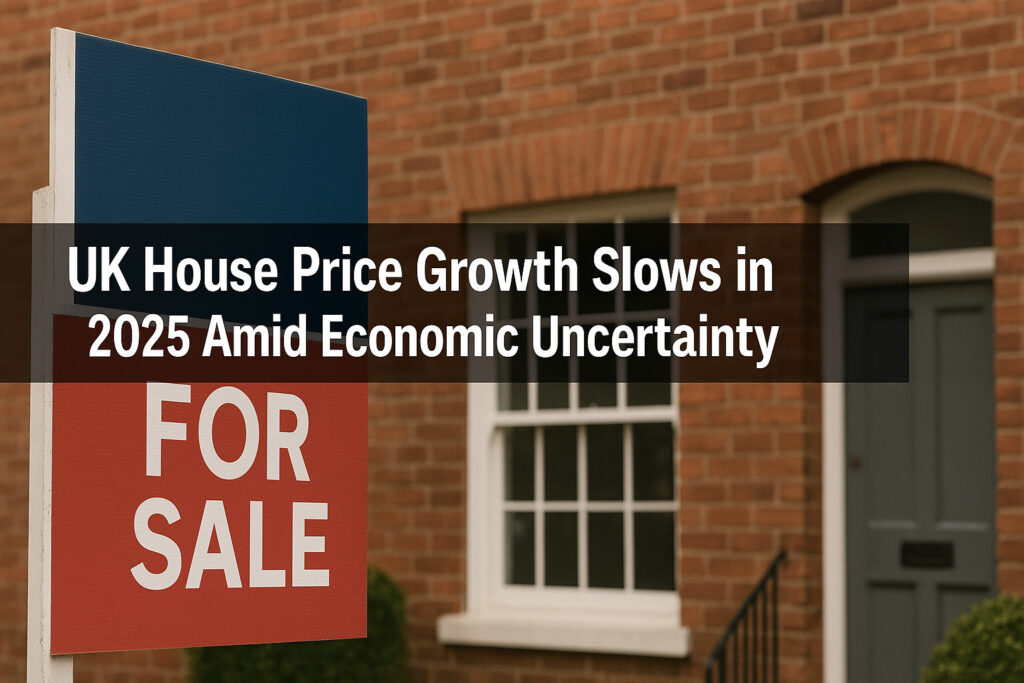The buy-to-let market in England and Wales has exhibited notable trends in rental yields over the past year. Our in-depth analysis thoroughly examines these developments, offering valuable insights for landlords and investors navigating the current landscape.
Annual Rental Yield Trends: A Regional Breakdown
An analysis of the first quarter of 2025 reveals a general upward trajectory in rental yields across most regions in England and Wales.
The average rental yield increased by 0.3% year-on-year, reaching 7.4%. This stability underscores the resilience of the rental market amidst evolving economic conditions.
North East: Leading the Growth
The North East experienced the most significant annual growth, with rental yields rising by 0.8% to 9.2%. This positions the region at the forefront of rental yield performance, reflecting a robust demand for rental properties.
North West: Consistent Upward Movement
In the North West, rental yields saw a 0.5% increase, reaching 8.4%. This consistent growth highlights the region’s appeal to both tenants and investors.
Yorkshire and the Humber: A Slight Decline
Contrasting with the overall positive trend, Yorkshire and the Humber reported a 0.4% decrease in rental yields, settling at 8.1%. Despite this decline, the region maintains one of the higher yields nationally, indicative of its enduring investment potential.
Other Regions: Moderate Increases
Other regions demonstrated moderate annual increases in rental yields:
Wales: Up by 0.3% to 7.7%
West Midlands: A 0.1% rise to 7.7%
East Midlands: Increased by 0.5% to 7.1%
South West: Up by 0.5% to 6.7%
East Anglia: A 0.3% increase to 6.7%
South East: Rose by 0.4% to 6.5%
Greater London: A slight uptick of 0.1% to 6%
These figures suggest a broad-based strengthening of rental yields, with regional variations reflecting local market dynamics.
Quarterly Rental Yield Fluctuations
Every quarter, some regions experienced marginal declines in rental yields:
North East: Decreased by 0.1%
South West: Down by 0.2%
Wales and Yorkshire and the Humber: Both saw a reduction of 0.5%
East Midlands: Declined by 0.6%
Conversely, the West Midlands recorded the most substantial quarterly increase, with yields rising by 1.1%, followed by East Anglia, which experienced a 0.4% uptick. These short-term fluctuations highlight the dynamic nature of the rental market and the influence of localized factors.
Factors Influencing Rental Yield Stabilization
The stabilization of rental yields at elevated levels can be attributed to several key factors:
Supply and Demand Imbalance: A persistent shortage of rental properties relative to tenant demand continues to exert upward pressure on yields.
Evolving Interest Rates: Recent trends indicate a downward movement in interest rates, enhancing affordability for landlords and potentially stimulating further investment.
Economic Indicators: Broader economic conditions, including employment rates and wage growth, are crucial in shaping the rental market landscape.
Landlord Investment Behavior and Portfolio Expansion
The current market conditions have influenced landlord investment strategies:
Portfolio Growth: Landlords have a sustained interest in expanding their property portfolios, driven by attractive rental yields and favorable financing conditions.
First-Time Landlords: The market has also seen an uptick in first-time landlords entering the sector, reflecting confidence in the long-term prospects of buy-to-let investments.
Conclusion
The rental market in England and Wales demonstrates resilience and growth, with most regions experiencing positive movements in rental yields.
While some areas have seen slight quarterly declines, the overall trend points towards stabilization at higher yield levels. Landlords and investors should consider these regional variations and underlying factors when making informed decisions to optimize their investment strategies in the evolving market landscape.





